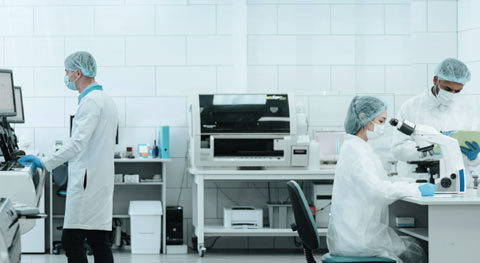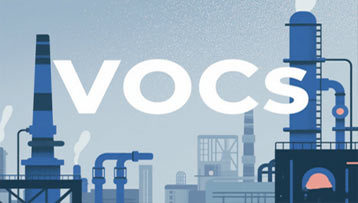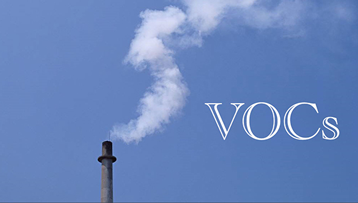What are greenhouse gases(GHG)?
Release Time:
Jun 17,2025
GHG( greenhouse gas): refers to any gas that absorbs and releases infrared radiation and exists in the atmosphere. The six greenhouse gases controlled under the Kyoto Protocol are carbon dioxide (CO₂), methane (CH₄), nitrous oxide (N₂O), hydrofluorocarbons (HFCs), perfluorocarbons (PFCs), and sulfur hexafluoride (SF6).
GHG( greenhouse gas): refers to any gas that absorbs and releases infrared radiation and exists in the atmosphere. The six greenhouse gases controlled under the Kyoto Protocol are carbon dioxide (CO₂), methane (CH₄), nitrous oxide (N₂O), hydrofluorocarbons (HFCs), perfluorocarbons (PFCs), and sulfur hexafluoride (SF6).
The important greenhouse gases in the Earth's atmosphere include carbon dioxide (CO₂), ozone (O3), nitrous oxide (N ₂ O), methane (CH₄), hydrofluorocarbons (CFCs, HFCs, HCFCs), perfluorocarbons (PFCs), and sulfur hexafluoride (SF6). Due to the significant spatiotemporal distribution changes of water vapor and ozone, these two gases are generally not taken into account when planning reduction measures.
As for the Kyoto Protocol adopted at the third session of the Conference of the Parties to the United Nations Framework Convention on Climate Change held in Kyoto, Japan in 1997, it specifies the reduction of six greenhouse gases, including carbon dioxide (CO₂), methane (CH₄), nitrous oxide (N₂O), hydrofluorocarbons (HFCs), perfluorocarbons (PFCs), and sulfur hexafluoride (SF6) mentioned above. Among them, the latter three types of gases have the strongest ability to cause greenhouse effect, but in terms of their contribution percentage to global warming, carbon dioxide, due to its high content, also accounts for the largest proportion, about 25%.
What Else Might You Learn?






